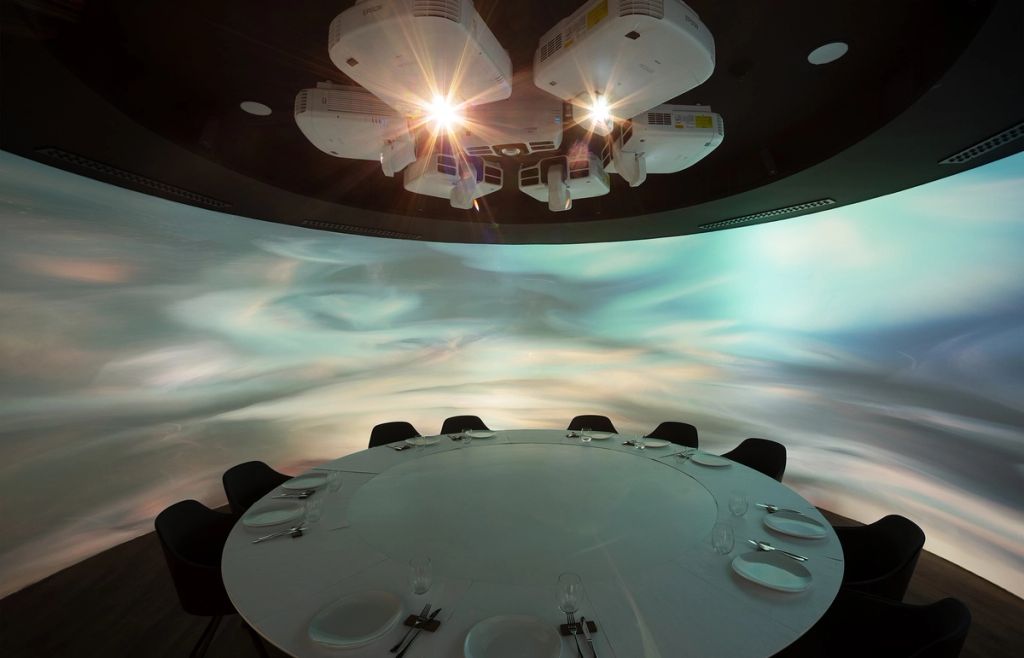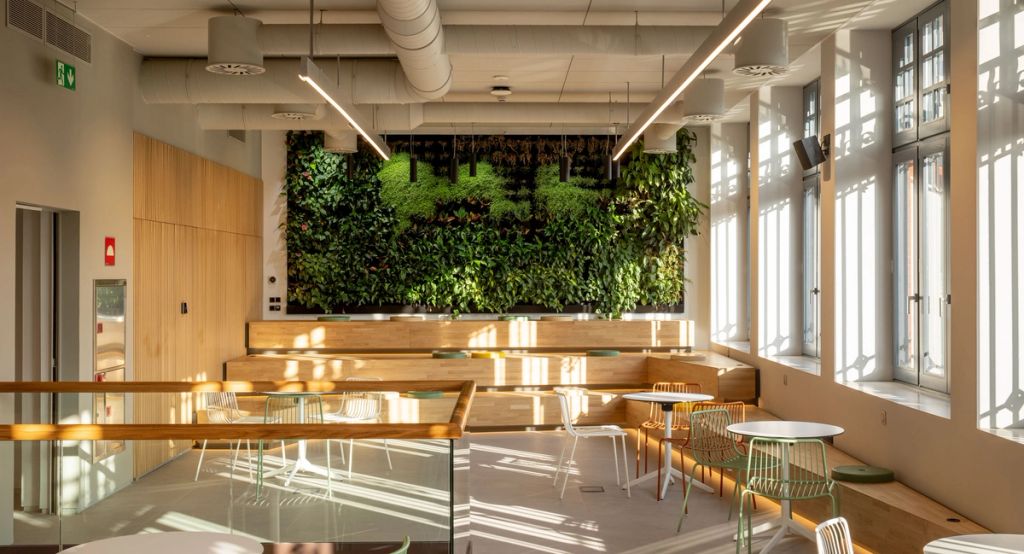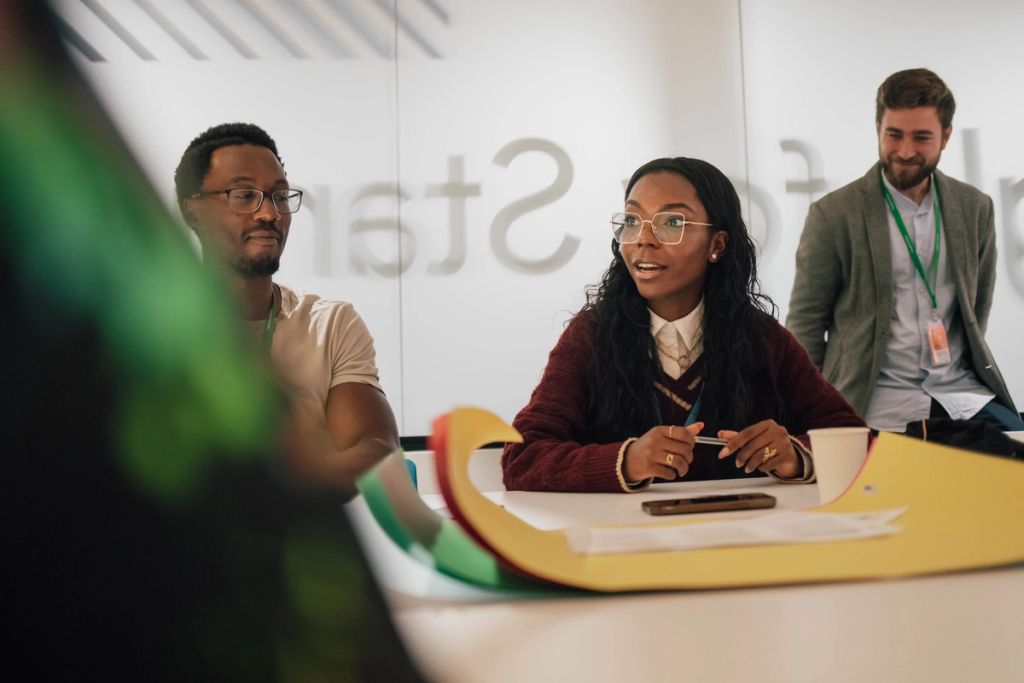Innovation labs as tools for territorial development and social innovation
Innovation labs as tools for territorial development and social innovation
↗ Innovation
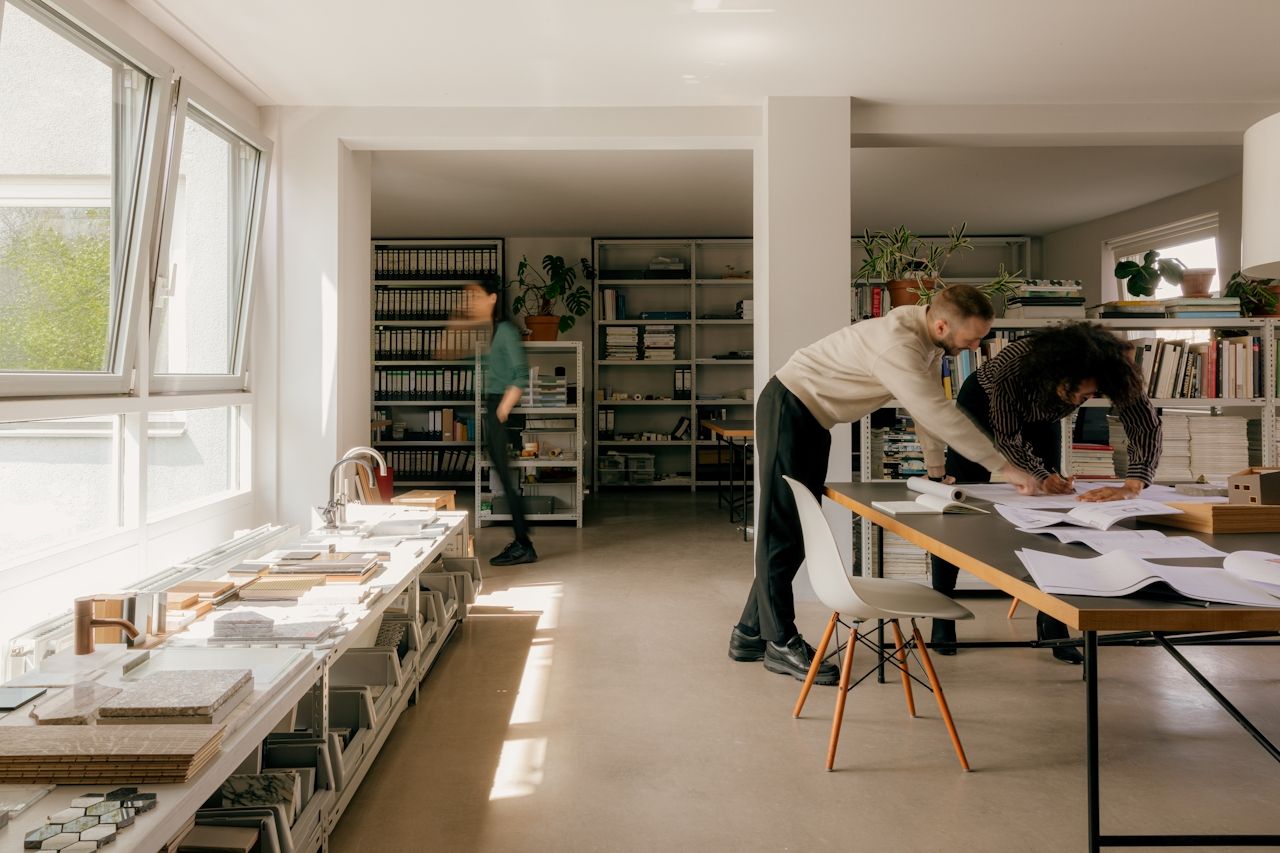
In recent years we have seen the rise of innovation labs as environments to explore and create in an agile and collaborative way, transformative solutions to the new challenges we face.
Since dot we have been fortunate to be part of the design and activation team of numerous and varied innovation labs. We have tried to summarise (as far as possible) this experience in the following 3 blocks.
To achieve transformative territorial or sectoral innovation, we need environments that facilitate the opening up of the organization to collaborate with other agents and create innovation ecosystems that solve common challenges. These environments are increasingly necessary to shape the major strategic challenges of organizations and the territory.

A laboratory promotes experimentation and foresight activities on emerging challenges, new lifestyles, and adaptation to new technologies, while simultaneously creating an environment of constant learning through prototyping and ongoing participation between diverse organizations and citizens.
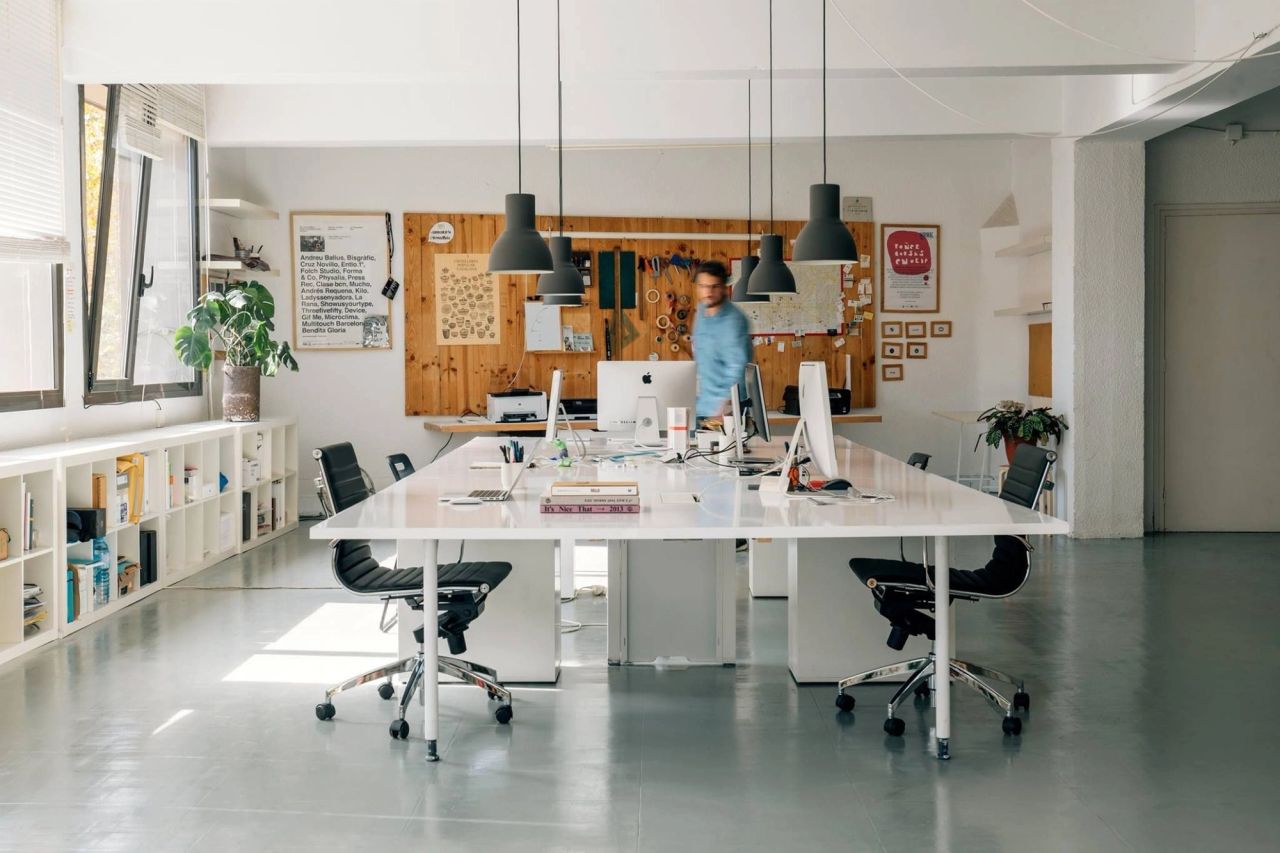
They enable agents of the quadruple helix (citizens, education, third sector organizations, and public-private intrapreneurial teams and startups) to collaborate in creating new solutions and businesses, thus generating a positive impact on the environment.
“Cultivating a new style of alliances, a governance model, and a work process is key in a high-impact innovation laboratory”.
Labs are environments where democratic governance, business innovation, and social, cultural, and economic development are understood and actively interact with citizens.

Laboratories often present processes and environments for listening and deliberation with citizens on aspects relevant to their lives and futures. Moreover, they are typically attractive environments for experimentation.
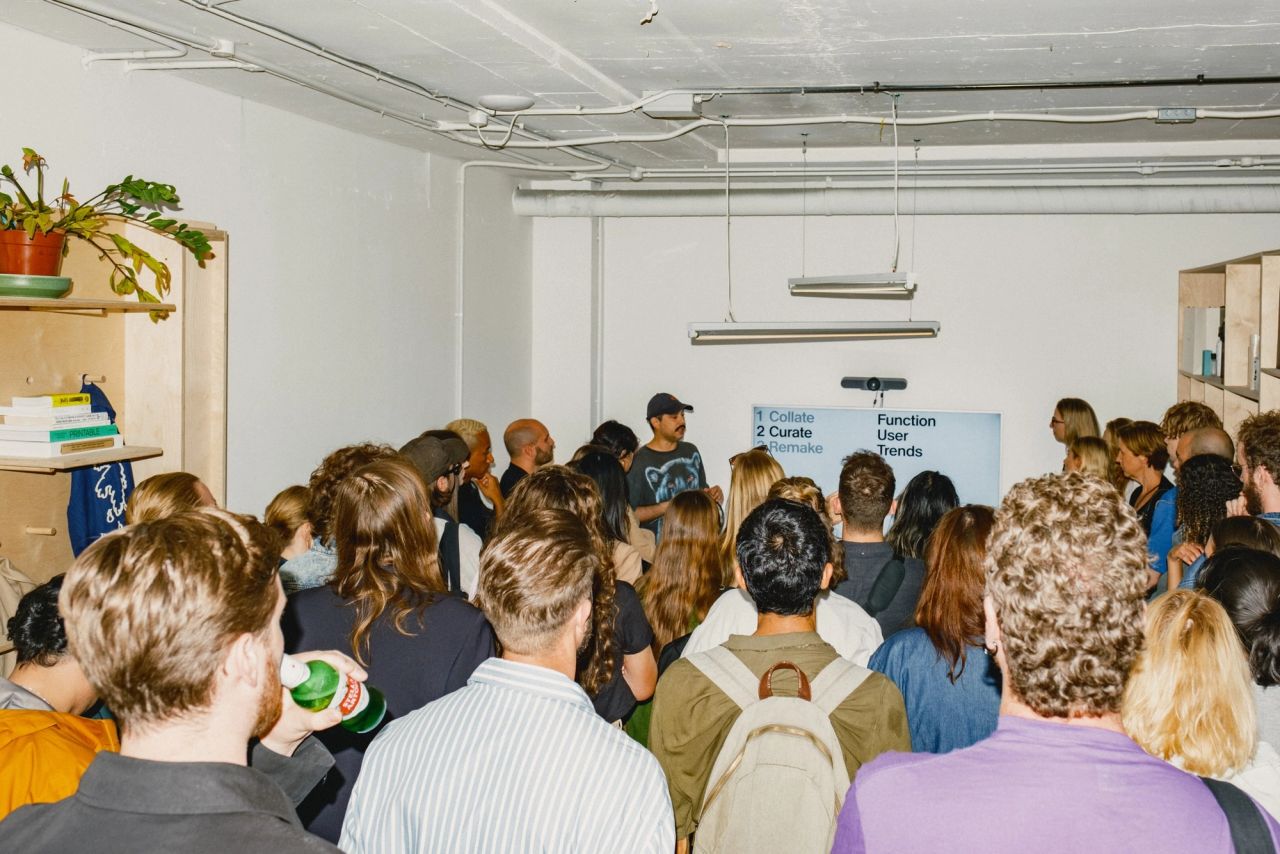

Definition of a vision, selection of laboratory typology, and design of a unique experimentation model
We need to clarify why this laboratory is being created, what we want to achieve, how we are going to get there, and thus be able to outline what the activation model and strategic lines of work are.
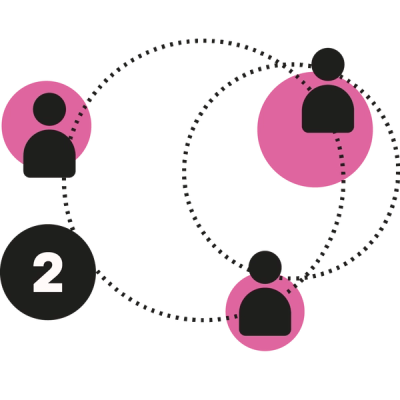
Creation of a process for weaving strategic alliances and adhesions based on clear roles and shared objectives
“Agents approaching to participate in a laboratory should know what the main entry points are and the ways to contribute and obtain value from it”.
Once again, quality and commitment are more important than the quantity of logos on the walls.
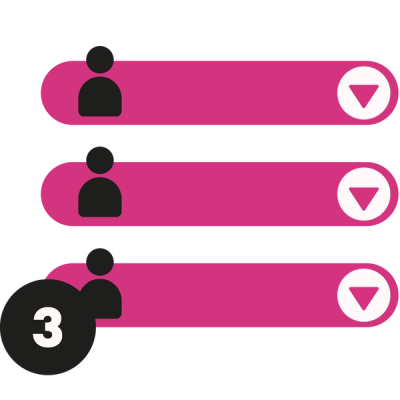
Crystallization of the types of uses and functionalities of the laboratory based on the users and communities that will inhabit it
We need to define as clearly as possible the target audience and the learning, experimentation, and practice communities that will inhabit the space. This way, we can define the functionalities, coexistence moments, and differential infrastructure of the laboratory, always linked to local needs and opportunities, but keeping an eye on international networks and trends that can shape our model.

Design of genuine and unique laboratory spaces while visualizing common areas and digital resources
We need to create a space (both physical and digital) with unique artifacts and spaces that differentiate the laboratory while also allowing for the generation of versatile and welcoming spaces to activate innovation and co-creation processes.
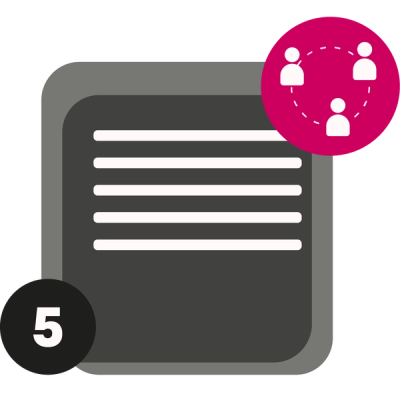
Dynamization model, activation of strategic vectors and day-to-day work process
We need to plan the deployment of the strategic and spatial definition of the laboratory along with the dynamics of its mediation and dynamization team. All people involved must understand the laboratory’s work model and embody its vision.
Although the lines are very fine, we can list different types of innovation laboratories. Most labs will be a hybrid between various typologies, but we can see different formats according to: the type of promoting entity, the objectives of the laboratory itself, the work processes and resources that are established, etc.
Flag Labs
Thematic laboratories, they are the flag and node of a specific sector or theme. E.g.: GOe and the Digital Gastronomy Lab (LABe) of the Basque Culinary Center in gastronomy, Blue Economy Hub by Barcelona Activa, BADALAB in minority languages or BBK Kuna in Sustainable Development Goals.
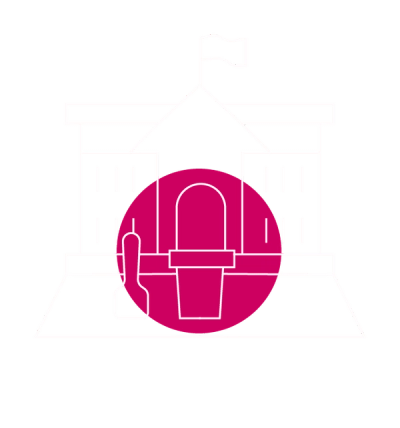
Gov Labs and Sandbox
Public innovation laboratories, testbeds where public administrations collaborate with companies, startups, and citizens in emerging sectors. E.g.: HIP of the Government of Aragon, ArantzazuLab of the Provincial Council of Gipuzkoa, La Nave of the Madrid City Council, Las Naves of the Valencia City Council or Sandbox Spain in Fintech and Insurtech.
In house Labs
Corporate laboratories where an organization intensifies its open innovation efforts and generates innovations in a more agile and forward-looking manner. Correos Lab, UNICEF Lab, Repsol Technology Lab,...
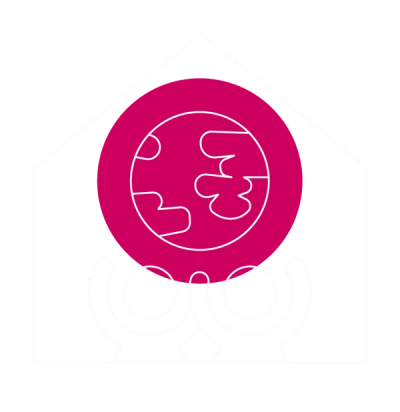
Impact Labs
Spaces led by private citizen initiatives and organized society, typically focused on addressing social and environmental challenges from a community-based and shared perspective. E.g.: Impact HUB Donostia Coop, Wikitoki, HarHub...
Medialabs, Livinglabs, FabLabs and Hacklabs
Laboratories specialized in production, manufacturing, prototyping and design, closely linked to new technologies, digital culture and citizen participation. E.g. Medialab-Matadero Madrid, Medialab Tabakalera, Academia de Inventores in Zaragoza, Citilab in Cornellá or FabLab Barcelona.
Research and Entrepreneurship Labs
Laboratories linked to universities, research centers, or various educational institutions. They are typically focused on combining education and research with emerging sectors and creating new entrepreneurship opportunities and research lines: Venture Lab from IE, Decision Lab from Esade, Mondragon Team Academy – Changemaker Lab...
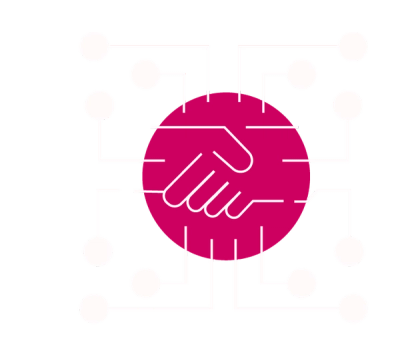
Lab without Lab
Many laboratories are born without a physical space, simply presenting new experimental processes, activating communities of practice, and being capable of creating new solutions. E.g.: Futures Literacy Lab by UNESCO, AfriLabs, Enkarterrialde Open Lab...
We hope that with these three keys you can understand the role of innovation labs and if you face the exciting challenge of designing one you can have these tips to support you.
